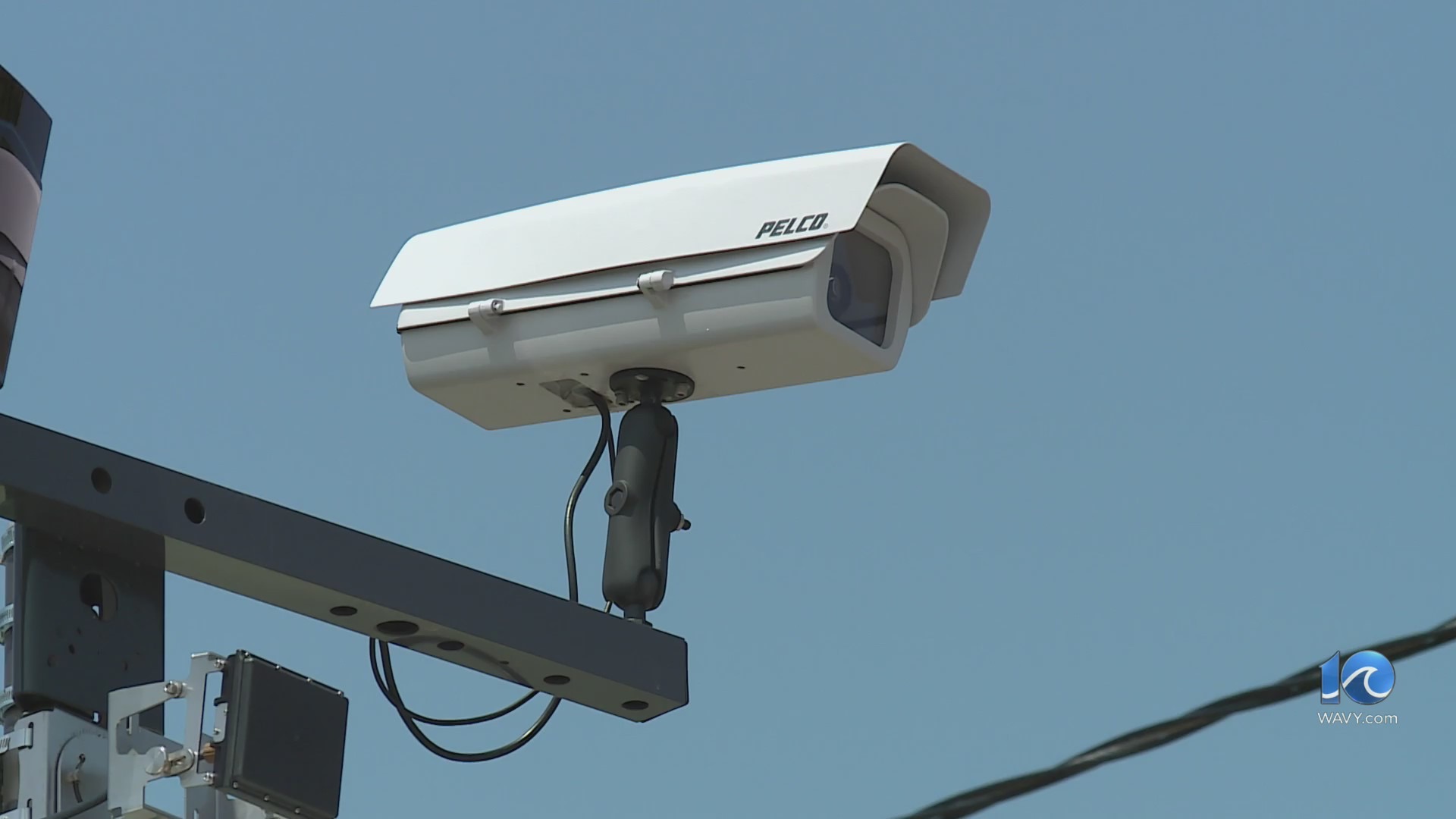Stocks capped a choppy day of trading on Wall Street with more losses Thursday after an early big tech rally faded and a health care sector pullback led the market lower.
The S&P 500 fell 0.4%, its third straight decline. The benchmark index, which is just below the record high it set on Monday, notched a 2.2% gain for the month of July and is up 7.8% so far this year.
The Dow Jones Industrial Average lost 0.7%, and the Nasdaq composite closed less than 0.1% lower.
Roughly 70% of stocks in the S&P 500 lost ground, with health care companies accounting for the biggest drag on the market.
Health care stocks sank after the White House released letters asking big pharmaceutical companies to cut prices and make other changes in the next 60 days. Eli Lilly & Co. fell 2.6%, UnitedHealth Group slid 6.2% and Bristol-Myers Squibb dropped 5.8%.
Gains by some big technology stocks with hefty values helped temper the impact of the broader market’s decline.
Meta Platforms surged 11.3% after the parent company of Facebook and Instagram crushed Wall Street’s sales and profit targets even as the company continues to pour billions of dollars into artificial intelligence.
Microsoft climbed 3.9% after posting better results than analysts expected. The software pioneer also gave investors an encouraging update on its Azure cloud computing platform, which is a centerpiece of the company’s artificial intelligence efforts.
Big Tech companies have regularly been the driving force behind much of the market’s gains over enthusiasm for the future of artificial intelligence.
Elsewhere in the market, design software company Figma soared in its stock market debut. The stock vaulted 250% above its initial public offering price of $33 a share.
All told, the S&P 500 fell 23.51 points to 6,339.39. The Dow dropped 330.30 points to 44,130.98, and the Nasdaq gave up 7.23 points to finish at 21,122.45.
Earnings remain a key focus outside of the technology sector in what has been a heavy week so far for corporate financial results. CVS Health fell 0.3% after it topped Wall Street expectations for the second quarter and raised its full-year forecast again.
In economic news, the Commerce Department said prices rose 2.6% in June compared with a year ago, as measured by the personal consumption expenditures index. That’s the Federal Reserve’s preferred measure for inflation. The latest reading was slightly higher than economists expected and also marks an increase from an annual pace of 2.4% in May.
Results from another measure of inflation earlier this month, the consumer price index, also showed inflation rising in June.
Also on Thursday, a report showed that the number of Americans filing for unemployment benefits inched up last week.
The latest updates on inflation and the jobs market are landing amid lingering concerns about the impact of tariffs. Inflation’s temperature is being closely monitored by businesses and the Fed to better gauge the impact of President Donald Trump’s on-again-off-again approach to import taxes. Companies including Ford and Hershey’s have more recently warned that tariffs are weighing on their latest and projected financial results.
Trump has said he will levy tariffs against goods from dozens of countries if they don’t reach agreements with the U.S. by Friday. The latest developments in the seemingly unpredictable tariff landscape include a potential pause in tariff escalations with China and a deal with South Korea.
However, Trump said Thursday that he would enter a 90-day negotiating period with Mexico over trade as 25% tariff rates stay in place.
The reasons behind trade policy decisions remain unpredictable. On Wednesday, Trump signed an executive order to impose his threatened 50% tariffs on Brazil. He has directly linked the import tax to the trial of his ally, the country’s former president Jair Bolsonaro. He has also said that trade negotiations with Canada would be more difficult in the wake of that nation’s economically unrelated decision to recognize a Palestinian state.
Uncertainty over tariffs and inflation have prompted the Fed to leave its benchmark interest rate alone through the central bank’s past five meetings, including the one that ended Wednesday. The Fed has been trying to cool the rate of inflation back to its target of 2%. It has come close, but inflation remains stubbornly stuck just above that target.
A cut in rates would give the job market and overall economy a boost, but it could also risk fueling inflation. Fed Chair Jerome Powell has been pressured by Trump to cut the benchmark rate, though that decision isn’t his to make alone, but belongs to the 12 members of the Federal Open Market Committee.
“Inflation is only a bit above the Fed’s target, but looks likely to rise in the second half of the year due to tariffs,” said Bill Adams, chief economist for Comerica Bank. “With the job market in pretty good shape, they see room to hold interest rates steady and lean against inflation’s increase near-term.”
Wall Street has been tempering their expectations for rate cuts at the Fed’s next meeting in September. Traders now see a 39% chance of a rate cut, according to data from CME Group. That’s down from 58.4% a week ago and a 75.4% chance a month ago.
Treasury yields held steady in the bond market. The yield on the 10-year Treasury was unchanged at 4.37%. The yield on the two-year Treasury remained at 3.94% from late Wednesday.
Markets were mostly mixed in Asia and Europe.





